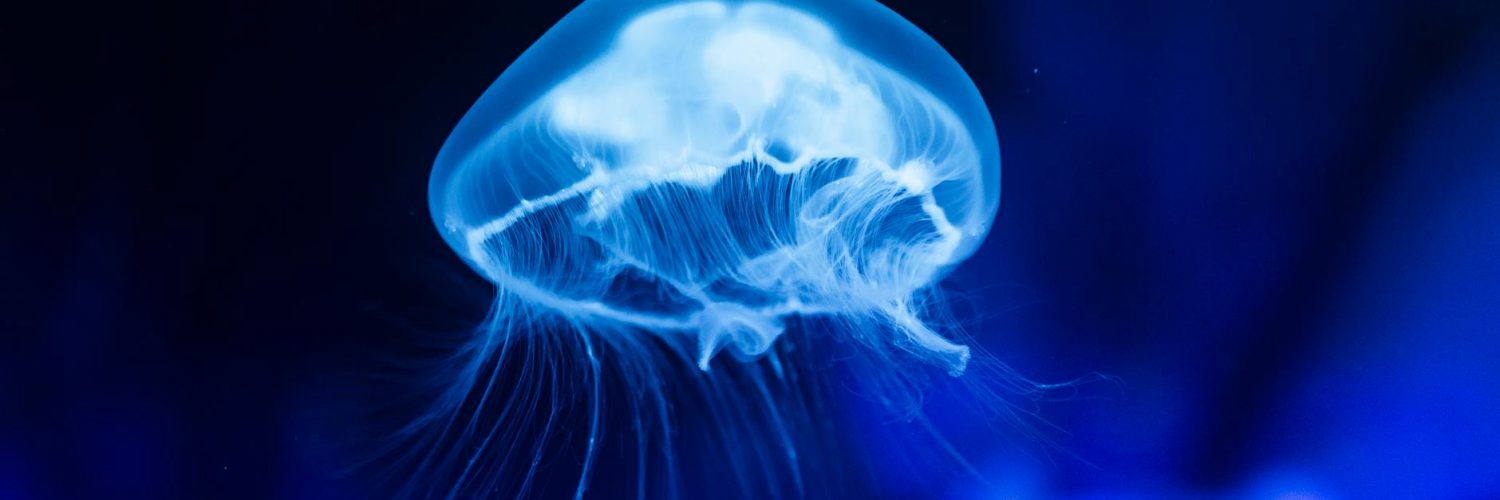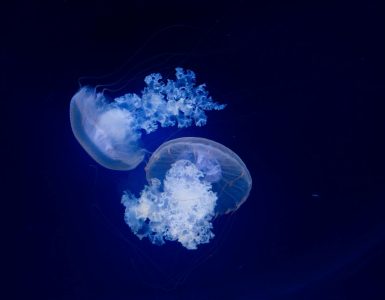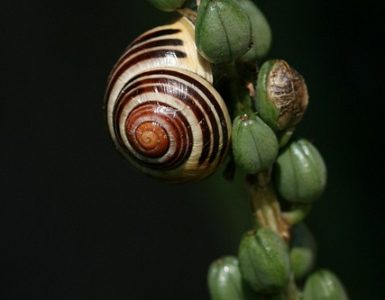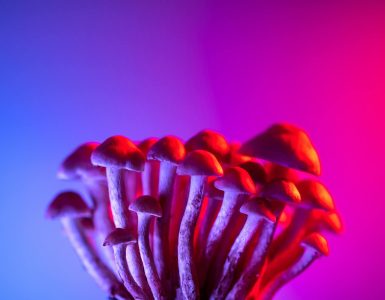Ever feel like nature’s a giant, slightly mischievous prankster? Well, you’re not wrong. Beneath the surface of the serene landscapes and predictable animal behaviors lies a world of bizarre quirks, surprising adaptations, and downright unbelievable facts. Buckle up, because we’re about to dive headfirst into nature’s most outrageous sideshow!
The Glow-in-the-Dark Gang: Bioluminescence Beyond the Fireflies
We all know fireflies put on a dazzling light show, but did you know that bioluminescence – the ability to produce light – is far more widespread than just these charismatic beetles? From the depths of the ocean to the darkest forests, countless creatures unleash their inner glow-sticks. Deep-sea anglerfish, with their bioluminescent lures dangling like fishing bobbers, are masters of deception, attracting unsuspecting prey. Certain fungi, mushrooms even, glow in the dark, a phenomenon still not entirely understood. And don’t even get me started on the multitude of bioluminescent plankton, turning ocean waves into shimmering streaks of ethereal light. Nature's Unexpected Party Tricks: Mind-Blowing Facts That'll Make You Question Everything
Plants With a Purpose (Beyond Photosynthesis): Carnivorous Cravings and Clever Camouflage
Forget the gentle image of plants passively soaking up sunlight. Some plants are downright ruthless predators! Venus flytraps, with their lightning-fast snap traps, are iconic carnivores, but the world of insectivorous plants is far more diverse. Pitcher plants employ deceptive nectar and slippery surfaces to trap their prey, while sundews use sticky tentacles to ensnare unsuspecting insects. Beyond carnivory, many plants have evolved incredible camouflage techniques to attract pollinators or deter herbivores. Orchids mimic the appearance of female insects to lure male pollinators, a classic example of nature’s deceptive artistry.
Ecosystems That Defy Expectations: The Extremes of Life
We often think of lush rainforests or vibrant coral reefs as the epitome of biodiversity, but some of the most extraordinary ecosystems thrive in the harshest environments imaginable. Take the Atacama Desert, the driest non-polar desert on Earth. Despite receiving almost no rainfall, resilient plants and animals have adapted to survive in this extreme aridity. Similarly, hydrothermal vents on the ocean floor, spewing superheated water and chemicals, support thriving communities of life completely independent of sunlight. These ecosystems challenge our understanding of what constitutes “habitable” and showcase life’s incredible tenacity.
Animal Architects and Engineers: Beyond Beavers and Birds’ Nests
Beavers and birds are known for their impressive building skills, but many other animals exhibit surprising architectural prowess. Termites create elaborate mounds that regulate temperature and humidity, mimicking sophisticated air conditioning systems. Certain species of ants cultivate fungi gardens, providing a stable food source and demonstrating sophisticated agricultural practices. Even caddisfly larvae construct portable homes from pebbles and twigs, showcasing remarkable engineering feats at a miniature scale. These examples highlight the complex cognitive abilities and cooperative behaviors found throughout the animal kingdom.
The Unexpected Symbiosis: Unlikely Friendships Throughout Nature
Nature is full of unexpected partnerships. Consider the symbiotic relationship between clownfish and sea anemones. The clownfish, immune to the anemone’s sting, finds protection within its stinging tentacles, while the anemone benefits from the clownfish’s waste and protection from predators. This mutually beneficial relationship is just one example of the countless symbiotic interactions that shape ecosystems. Oxpeckers, small birds that perch on large mammals, provide a cleaning service, removing parasites, a win-win scenario for both species. These partnerships highlight the interconnectedness of life and the surprising ways species evolve to cooperate for mutual benefit.
Challenging Common Beliefs: Nature’s Surprises
Many of our assumptions about nature are based on limited observations and incomplete understanding. For instance, the belief that all plants need sunlight for photosynthesis is false. Certain plants, like those found in deep caves or under dense canopies, have adapted to survive in low-light environments, using different methods to obtain energy. Similarly, the idea that complex tool use is unique to primates has been challenged by observations of tool use in crows, octopuses, and even some species of fish, demonstrating a wider distribution of intelligence in the animal kingdom.
By exploring the unusual aspects of the natural world, we gain a deeper appreciation for the incredible diversity and adaptability of life on Earth. It’s a reminder that nature is far more creative and unpredictable than we often give it credit for, constantly challenging our assumptions and expanding our understanding of the planet we inhabit.
So next time you’re out in nature, remember to look beyond the obvious. You never know what surprising secrets and unexpected wonders you might discover lurking just beneath the surface. The natural world is full of surprises, and that’s what makes it so endlessly fascinating.

























Add comment